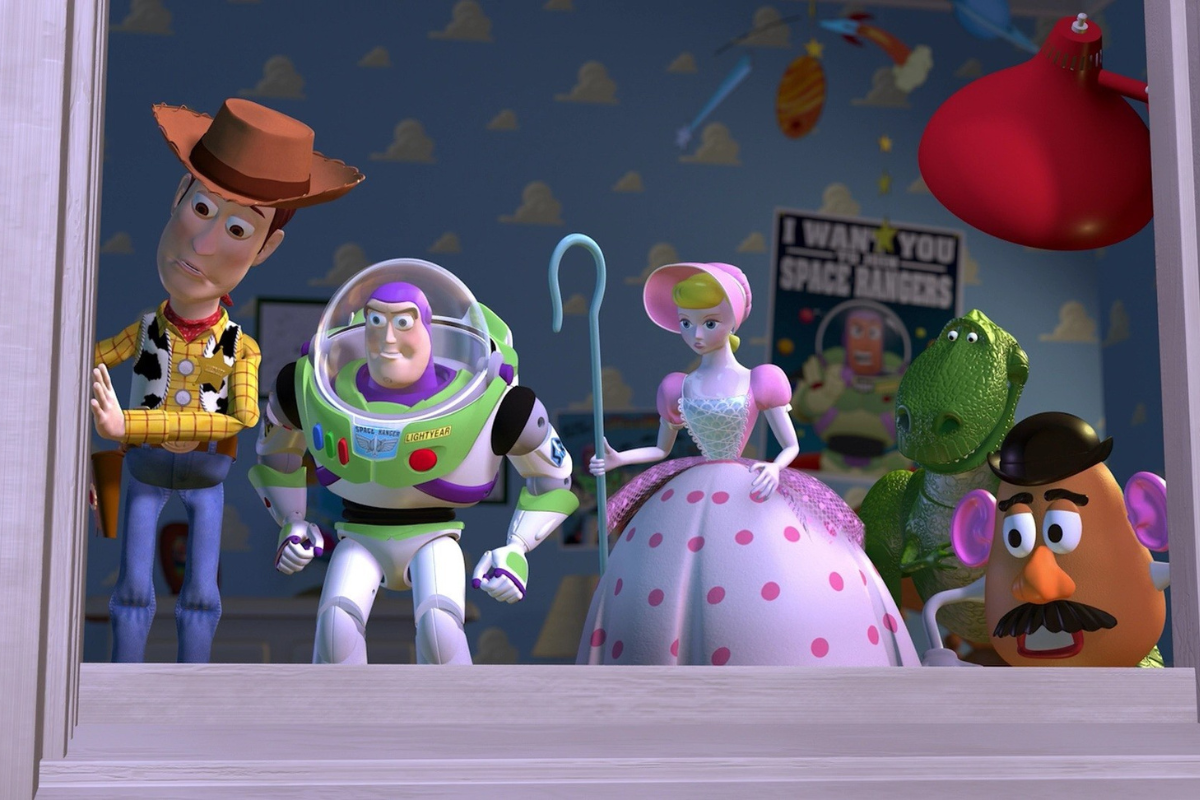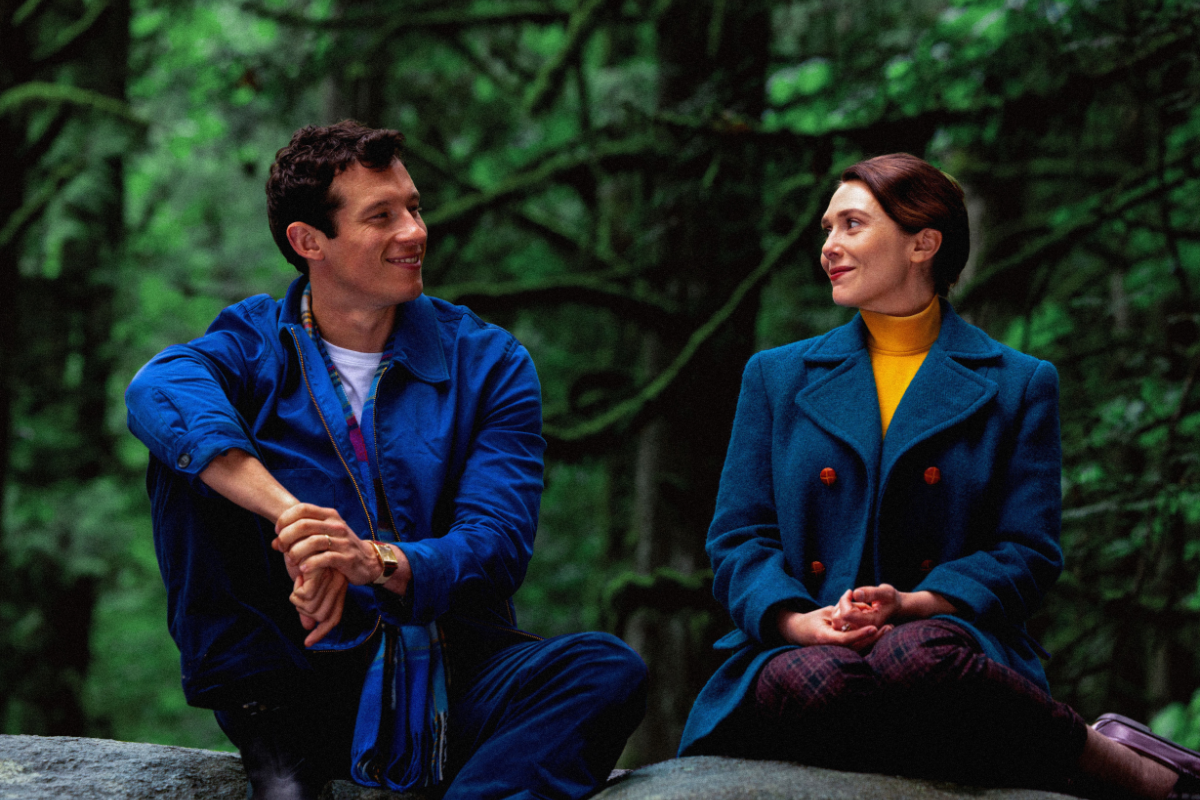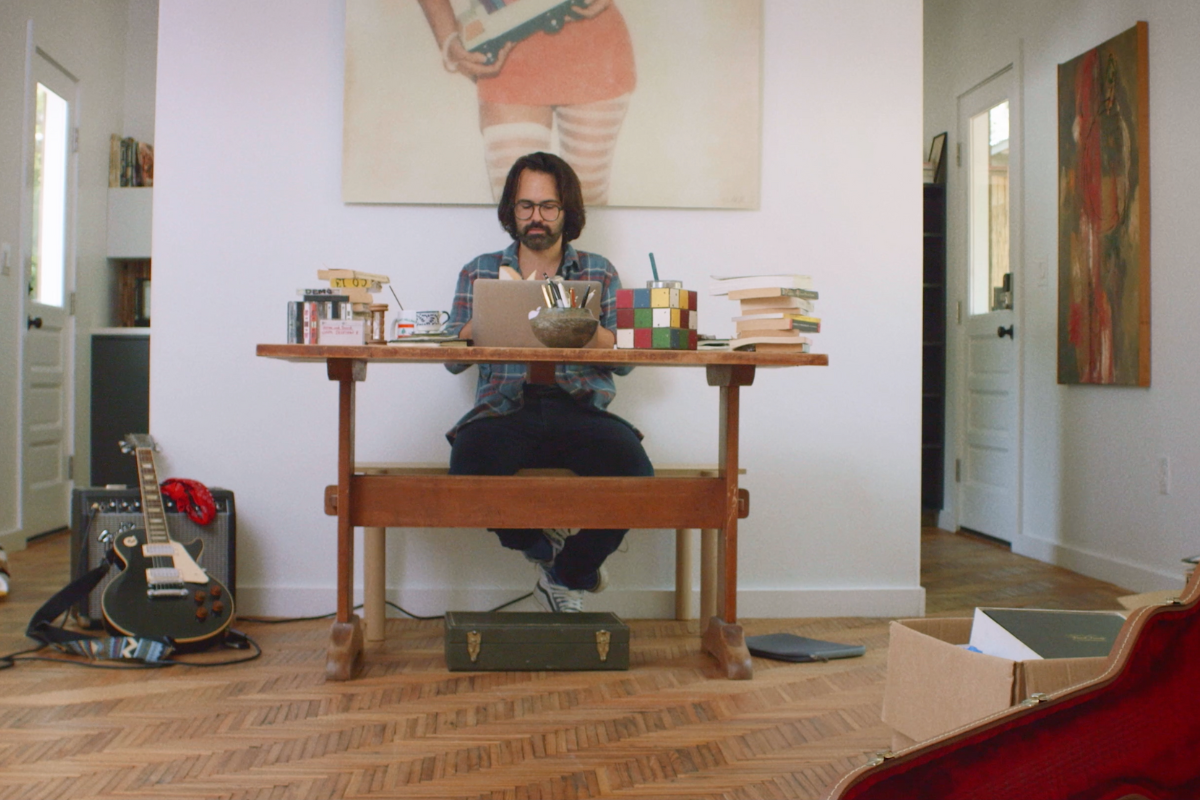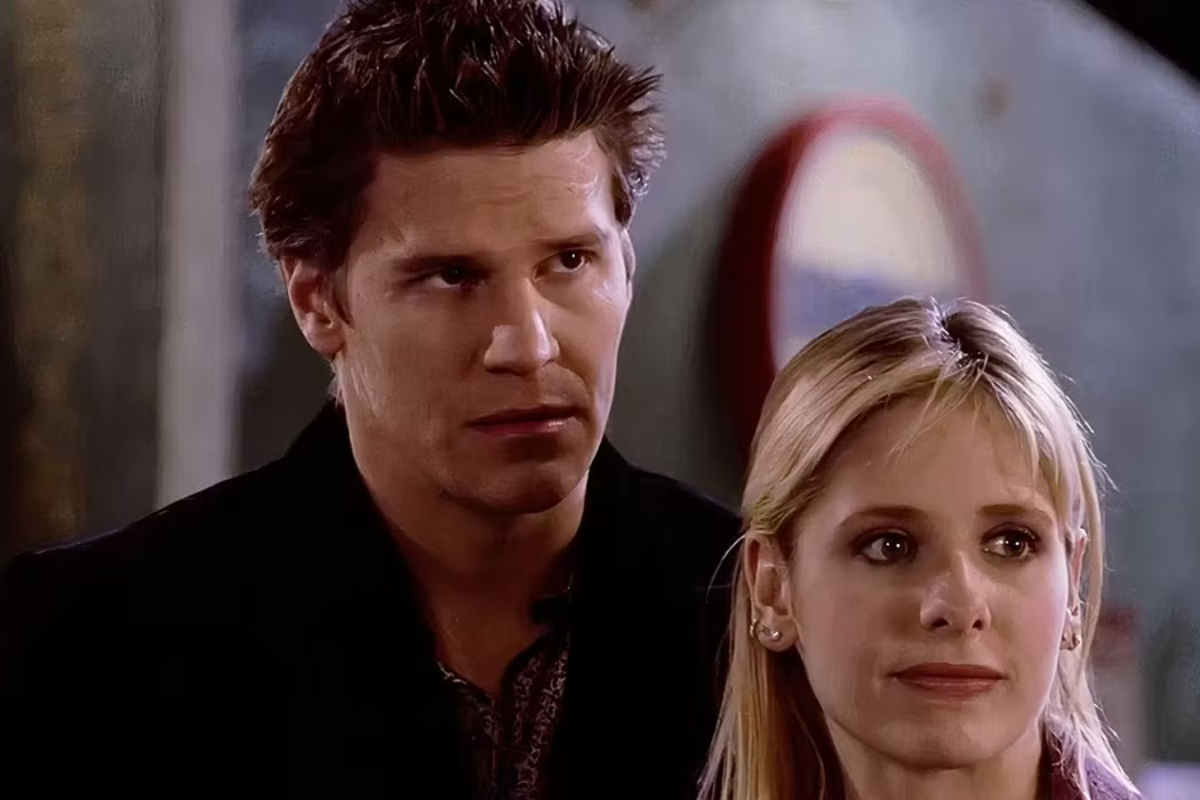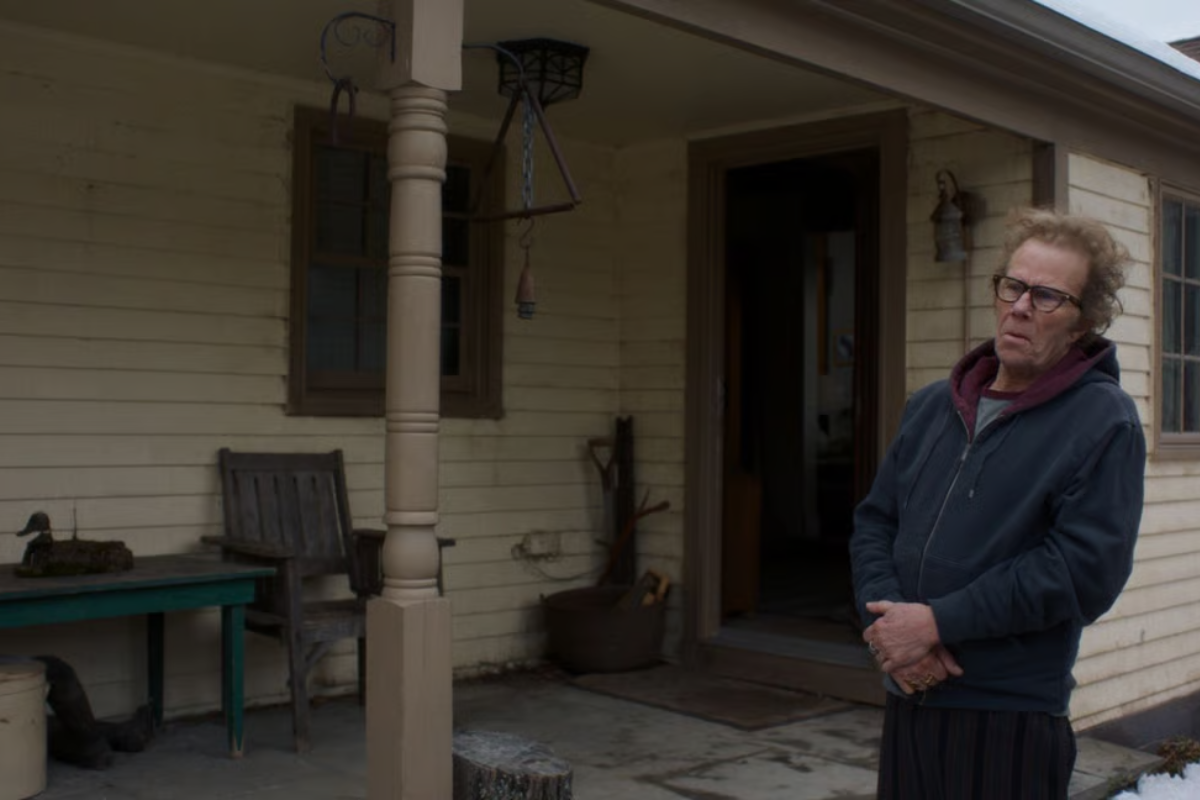From The Lens: 9 Visual Styles In One Shot
An important lesson I’m sure many film and videomakers have come to learn is that no matter how simple a shoot seems… It’s never really simple. I’d like to share…
An important lesson I’m sure many film and videomakers have come to learn is that no matter how simple a shoot seems… It’s never really simple. I’d like to share my recent experience on a seemingly “simple” sketch comedy video I did for Ariana Seigel and Emma Tattenbaum-Fine, which is available to watch on Comediva. It seems simple because it’s one camera setup throughout, but in actuality, I was tasked with creating 9 different visual styles that told the story!
The sketch, Juicefast pokes fun at the increasingly popular juice fasting diets, which are said to cause a whole slew of negative feelings as your body is supposedly cleansed of its toxins. Ari and Emma take these side effects to the extreme with strange bodily growths and hallucinations.
The sketch was written as a video log, as if we’re following the daily progress of Ari’s juice fast through her computer’s webcam. Thus, going into the project, one of the first things we thought about is how to mimic the look of a webcam. I didn’t want to resort to cheap gimmicks, like changing colors or putting effects on the footage. Instead, I used things like camera angle and lens choice to help create the illusion.
I mounted my Nikon D800 on top a sandbag, propped on Ari’s dining table to achieve a low angle, similar to what you would get from a laptop camera. I didn’t want it to look perfect, so I used the sandbag to create a very slight imbalance, as if the camera was sort of thrown in place. I chose a 35mm lens to keep my focus from becoming too shallow, yet maintain a close up on Ari. To create the illusion of light from a computer screen, I used my Litepanel 1x1 Daylight Flood.
The final touch was adding a keyboard in frame. That really sold it and allowed her to interact with the editing since she could essentially click, “cut”.
When I broke down this script, I also knew I needed to establish a strong sense of time. There was a constant movement through time, but also a dramatic progression of character, as Ari gradually lost her mind. This script encompassed many days of Ari’s juice fast, and her progression was directly related to that passage of time.
To establish time changes, I decided to use contrast between each scene. If you show a shot of a sunny living room juxtaposed with a darker living room, you’ll instantly know time has changed. With each new day, I tried to alternate which room contained light to help create that contrast between scenes. I also must praise our very expert and talented Makeup Artist, Kelli Joelle Bartlett, as she did a fantastic job working with me to adjust Ari's appearance throughout the story.
There are different moods associated with different lighting conditions. A bright and sunny room can feel cheery, but that same room can also be made to look depressing with very slight lighting adjustments. Using this concept, I broke down the script in terms of mood, and associated appropriate times of day and lighting schemes to fit.
Here is what I came up with…
Day 2: Normalcy. I wanted to begin the sketch with everything looking ideal. Ari is lit very evenly and softly which tends to be appealing since it smooths out the texture of skin. I used a Coral 1/2 lens filter to help the color of her skin tones pop, helping her to look nice and healthy.
Day 3: Ari feels great, but something is off and she discovers a strange side effect to the juice fast. To establish this uneasy feeling, I darkened things compared to the previous scene, and removed the Coral filter to make Ari’s skin paler. I threw a splash of light on the kitchen cabinets that doesn’t quite make sense compared to the rest of the room. It’s a different color, and it’s coming from a somewhat illogical angle. I think of it like an Escher painting – When you first look at it you accept it, but you know something’s wrong with it.
Day 4: Ari’s energy is now fading, and she feels incredibly ill. To create contrast in editing, I flipped the bright areas of the screen, now lighting the left instead of the right. I thought the slightly green hue of Ari’s lamp was perfect for her currently ill state, and it helped to motivate the light source for this low key, night interior look. I added a cyan gel to the Litepanel, making the computer’s glow a bit more eerie, and desaturating Ari’s skin tones more to become an unhealthy grey tone.
Day 5: Welcome to the dark side. At this point, I felt Ari was letting the inner juice demon out. It’s a dark moment in her juice fast. I turned out all of the lights in the house, and only lit her with my Litepanel as the “computer monitor.” It almost feels as if we’re seeing into a dark room with a flash light, and there’s something disturbing about it that I think works well.
Day 6: Ari is now an addict. I drew inspiration for this scene from that feeling you get when you’re hungover and everything just feels… Blah. The light beams obnoxiously bright through the windows. I used the camera’s picture style settings to slightly desaturate the image. I also slightly decreased the contrast and increased sharpness.
Day 7: Ari begins to hallucinate. This frame is similar to Day 4, except the light of her computer screen is increased for a strange modeling of her face, casting light from below her.
Day 8: Ari is back to a raging insanity as she tries to juice a stuffed bear. I created a really weird “blinds” pattern using black wrap, and I made a very bold sliver of orange light in the kitchen. I felt the bold patterns create a visual intensity that matches Ari’s chaotic state. I also tilted the camera at a low, dutch angle to add even more drama to the visuals.
Day 9: Ari is now consumed in her delusion. Her world has become flat and simple. At this point I wanted to begin a transition from dark to light, as Ari begins to realize what she's putting herself through.
Day 10: At the end of it all, Ari is surrounded by light. I turned on every house light I could for this frame. My thought was that Ari finally comes to her senses and she’s sort of saved, even if it’s by her own delusions. Everything becomes exposed for what it is in this final frame.
It’s kind of fun to look back at how different this single shot can be made to look with the simplest changes. Each take feels a little bit different, and tells a different story. It all starts with breaking down the script, and once you know what story you want each frame to tell, you have so many means with which to tell it.
- More From the Lens articles by Nathan Blair
- Alt Script: 4 Ways to Control Your Script’s Budget Without Compromising Your Film
- From the Lens: Choosing a Camera for Filmmaking
Tools to Help:
- The Ultimate Camera and Lens Kit: DVD set where Oscar and Emmy-Nominated cinematographers demystify the camera and lens, unlocking the most powerful tool in the cinematographer’s toolbox.
- The Five C’s of Cinematography: Motion Picture Filming Techniques
- FrameForge Previz Studio 3 Core: Previsualization & Storyboarding Software


